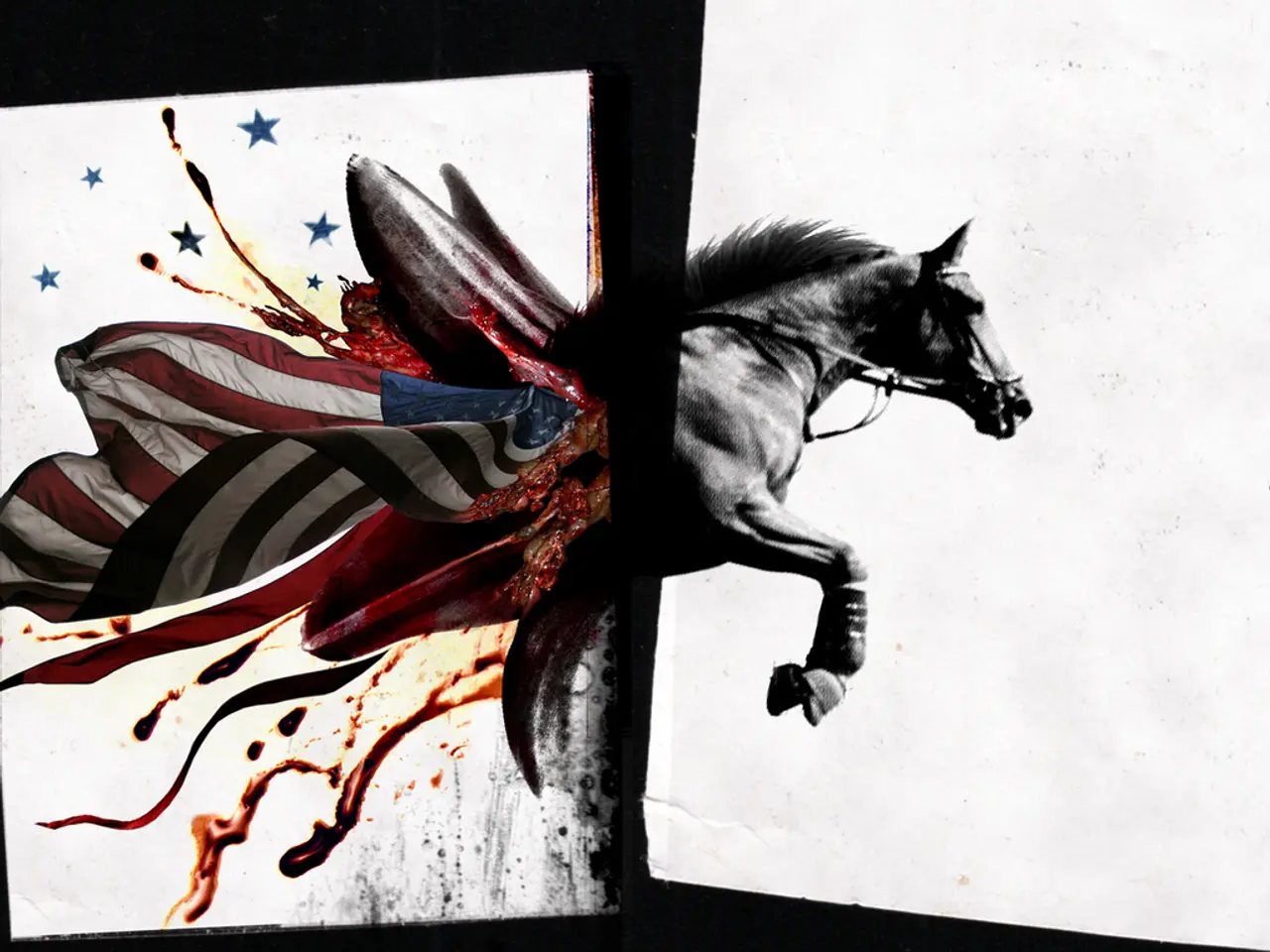Advancing Horse Breeding Through Predictive Analysis and Artificial Intelligence
In the world of equine breeding, a new era is upon us. Predictive analytics and Artificial Intelligence (AI) are emerging tools that are transforming the traditional practice, offering a more scientific approach to optimizing selection, improving performance prediction, and enhancing breeding strategies.
At the heart of this transformation lies the analysis of genetic, phenotypic, and performance data. AI and predictive analytics are used to delve into the complexities of equine genetics, uncovering valuable insights that were once hidden.
One key application is Genomic and Whole-Genome Analysis. By sequencing and analysing horse genomes, AI can identify genes and genetic markers that are strongly associated with superior athletic traits. This allows breeders to select animals with superior genetic potential, improving athletic performance and the quality of future generations.
Another application is Phenotypic Trait Analysis. Linear profiling and principal component analysis are used to assess key physical and movement traits, such as head and neck connection, trot and canter balance, and elasticity. By focusing on reduced but predictive sets of traits, breeders can better evaluate and rank horses for breeding and sale markets.
Machine Learning is also playing a significant role in breeding decisions. Machine learning algorithms are used to predict attributes such as sperm quality in breeding males, contributing to optimized breeding outcomes. Comprehensive AI models are analysing large datasets, covering pedigree, race performance, track conditions, jockey stats, and environmental factors, to predict race outcomes and select horses with the highest likelihood of success.
Moreover, AI-driven predictions are reducing financial risk by enhancing the accuracy of performance forecasts. This leads to more informed purchasing and breeding decisions, increasing the probability of breeding stakes-quality horses.
The integration of AI and predictive analytics in the equine world is fostering improved genetic evaluation systems, optimizing selection and mating strategies, refining market valuation, and advancing racehorse performance prediction. The landscape of horse breeding is rapidly changing, with advanced reproductive technology becoming more common.
Despite these advancements, challenges remain. Maintaining equine health, managing rising costs, and effectively utilizing machine learning for data analysis are some of the challenges faced by breeders. However, the potential benefits are undeniable, and the future of horse breeding looks promising.
In conclusion, horse breeding is a practice that combines art and science. With the integration of AI and predictive analytics, this balance is shifting towards a more scientific approach, offering a brighter future for the equine world.
A shift towards a more scientific approach in horse breeding is evident, as AI and predictive analytics are being integrated into genomic and whole-genome analysis, phenotypic trait analysis, and machine learning for breeding decisions.
This transformation not only enhances the accuracy of performance forecasts but also aims to improve athletic performance, optimize selection and mating strategies, and advance racehorse performance prediction.








